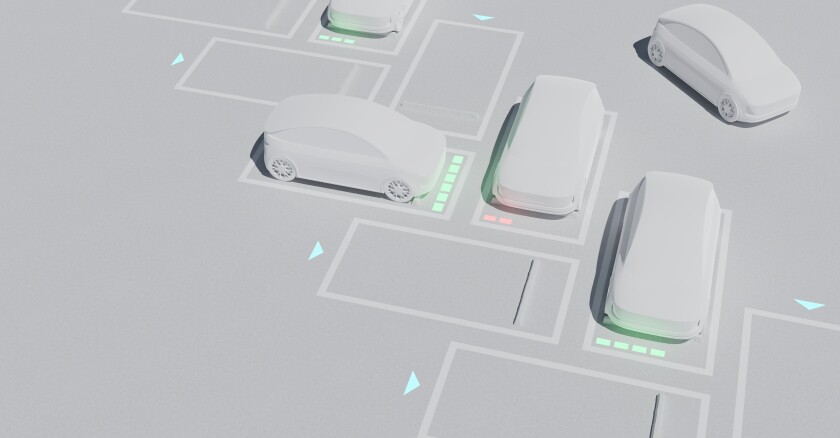The U.S. departments of energy and transportation have formed a joint office to disperse some $5 billion in federal funding as part of the Infrastructure Investment and Jobs Act to all states and territories for the development of electric vehicle charging.
As part of this effort, the office has released new guidance for the National Electric Vehicle Infrastructure (NEVI) Formula Program which will help states establish their EV charging plans. Another remaining $2.5 billion will be part of a discretionary grant program for charging infrastructure to be released later for corridor and community charging.
States have until Aug. 1 to submit the plans, which will be approved by Sept. 30. Money doesn’t flow until the plans are approved, senior federal transportation and energy officials told reporters in an on-background briefing call Feb. 9.
“The goal is nothing short of a truly united national network,” said Michael Berube, deputy assistant secretary for sustainable transportation at the DOE, in the Office of Energy Efficiency and Renewable Energy, in comments at the National EV Charging Summit last month.
“Our original goal is really, lets get it right. Lets make sure we have a good national plan, and then we execute,” he added.
There are currently about 100,000 public charging ports in the country. President Joe Biden’s administration has a goal of developing a network of 500,000 locations in the next five years. The aim is part of the administration’s wide-reaching infrastructure building efforts to both grow jobs and address the climate crisis by accelerating the removal of fossil fuels from the transportation sector.
Officials say they want to make it as easy and convenient to recharge a car as it is to refuel with gasoline today. And they admit, they are taking on a task of unprecedented proportion.
“We don’t have a magic bullet,” Polly Trottenberg, deputy secretary for the Department of Transportation, said in comments at the National EV Charging Summit. “We don’t totally have a template. So we’re going to learn as we go.”
The “alternative fuel corridors,” as they will be known, will form the spine of the national network of EV charging stations. These corridors include segments of 134 interstates along with 125 U.S. highways and state roadways covering more than 165,000 miles of the national highways system. Forty-eight states already have designated EV corridors, which makes those highways ready for charging infrastructure.
The guidance offered by the federal government will be focused on building out those corridors with fast-charging stations as part of the first phase. The idea is to have a charging station every 50 miles, say officials.
The joint office will work to make sure each state plan is connected, and relevant to the charging network being built in neighboring states to “make a truly national system,” said federal officials.
In the next six to eight months the federal government will have 50 state plans to cover the next five years of EV charging, said Berube at the summit.
“And there’s money behind it,” he remarked. “So that, in and of itself, will go a huge way. That fact that we have a plan, and now, OK, we can focus on what’s the right way to execute it, economically, and with utilities.”









